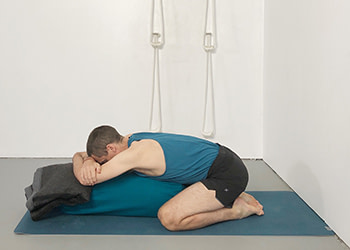


In contrast, modern day Yin classes which also use props and longer holds in a similar way, are designed for fit and healthy students, who are looking for a deeper stretch in the physical body. Initially Restorative yoga was developed for people suffering from injuries, stress, anxiety or illness, as well as people with limited flexibility and strength – but is beneficial for anyone who is looking to release tension and relax. Allows time for self-reflection and awareness.Helps fight depression and chronic fatigue.If practiced regularly a restorative yoga practice can provide significant and profound effects on the body and mind. What are the benefits of restorative yoga? The idea is to set yourself up in the pose, using whatever props you need, and then to remain there quietly. We also use ample props – blankets, bolsters, straps, blocks, chairs, wall ropes and lots more - in order to allow us to remain comfortably in the pose without pain or strain. (Note: both sequences featured below include 11 – 16 poses in total!) However, it depends on the total duration of the class which can range from 1-2 hours. In a restorative yoga class, only a handful of poses may be performed with each one held for longer periods than usual – ranging anywhere between 3 minutes and 10 minutes. The first week’s class is usually focused on standing poses, the second on twists and/or forward bends, the third on backbends and the fourth week is restorative. Many Iyengar yoga schools run their classes on what’s known as the ‘Pune cycle’ – a four-week program that has a different focus each week.


 0 kommentar(er)
0 kommentar(er)
